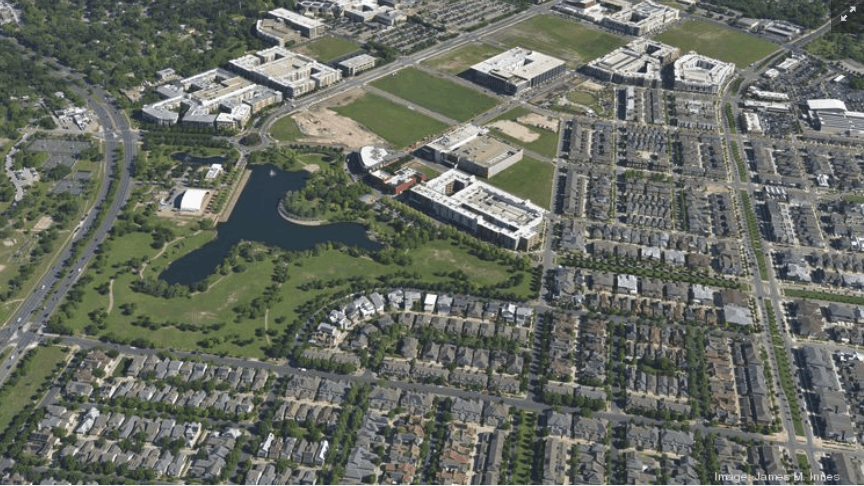With seemingly everything in flux now because of the COVID-19 virus, a look back to last summer offers a reassuring reminder of what has been a constant in recent years — Austin’s rapid growth.
The metro population jumped to an estimated 2,227,083 people as of July 1, 2019, according to Census figures released March 26. That was an increase of 2.8% from the prior year, bigger than any other metro with at least 1 million residents.
That means Austin has been the fastest-growing major metro in the country for nine straight years, from 2010 to 2019.
The continued population explosion remains a major storyline for the Central Texas economy and is reshaping everything from residential real estate to finance. And it takes on extra meanings when seen in light of the COVID-19 pandemic, as Austin becomes an increasingly global city.
However, just what effect COVID-19 will have on growth is uncertain. Home construction is paused, which could worsen the already drastically low housing supply, and it’s becoming harder for eager buyers to find a property.
The estimated 61,586 increase in the Austin metro population from mid-2018 to mid-2019 equates to about 169 people added per day. It can be further broken down into a natural increase — births minus deaths — of 14,670, and net migration of 46,614. Looking deeper at the net migration figure, it means about 128 more people moved to the metro per day than left it.
Austin ranked as the No. 29 largest metro in the country in 2019, up from 30th in 2018 and 34th in 2017.
